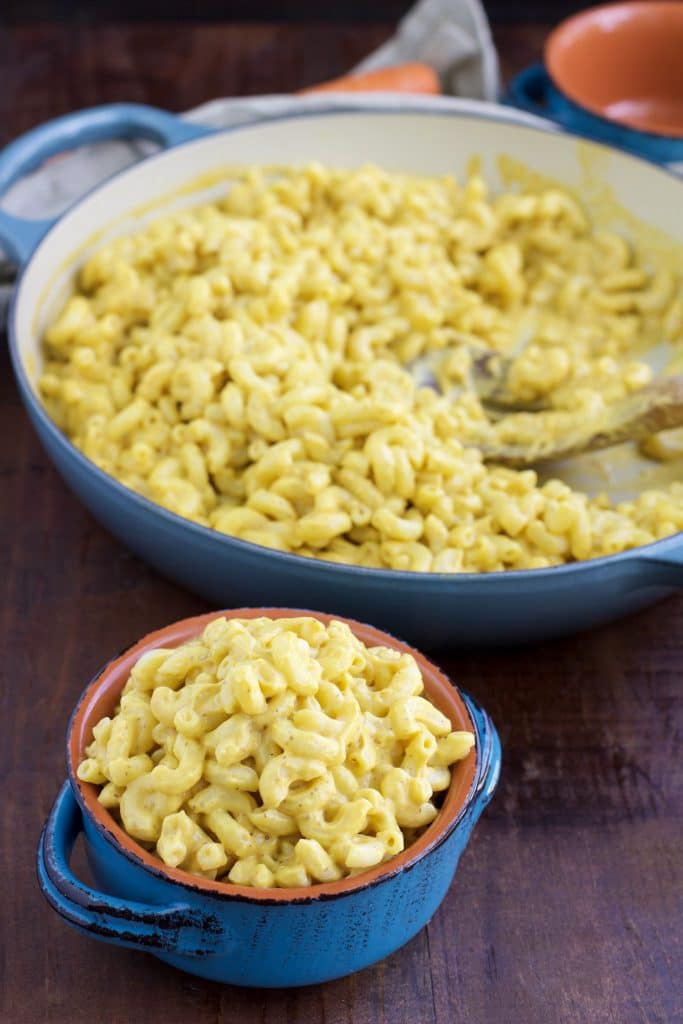

Or if you’re feeling ambitious, go full cheesehead and attempt Miyoko Schinner’s feta recipe that develops flavor over time. You can also whip up a five-ingredient “goat” cheese in your food processor a la Fork and Beans. Opt for a cashew and macadamia nut option from chef Lauren Montgomery for a tangy spread. Hack a celebratory creamy cheese ball with Minimalist Baker’s version made with nutritional yeast and pimento peppers. So you’re trying to be a fromager? Your best bet to start is with vegan cheese sauces to douse over pasta, nachos, burrito bowls, and more. With options ranging from sun dried tomato garlic to French style winter truffle, how does one decide? How to make plant-based cheese at home Don't say we didn't warn you.īest cheese wheels: The hardest part about eating Miyoko’s cheese wheels is simply choosing the flavor you want to try first. This classic technique helps the brand’s ricotta alternative mimic the taste and silky texture of the real thing.īest vegan queso: Heads up that a jar of Siete’s cashew queso dip is impossible not to polish off in a single sitting. “Once the almond milk is made, we inoculate the recipe with proprietary enzymes and cultures,” Ronnen says.


They settled on creating curd from almond milk made of locally-sourced nuts from California’s San Joaquin Valley. “To make cheese, one of the first things we needed to tackle was to form a curd,” says Tal Ronnen, co-founder and culinary chef at Kite Hill. Kite Hill, the brand behind popular dairy-free yogurts and cheeses, says taste and quality took the reins during product development. While the science of transforming animal proteins to cheese is unique, vegan fromagers have learned a thing or two from the traditional process. The culinary options are no different from traditional cheese, but do keep in mind that the melt-ability and flavor of vegan cheeses will vary (read: tofu cheddar is not going to taste the same as the real thing, and that's okay).

And if you're trying to quell a craving for queso, try a cashew cream-based dip that's been blended with similar spices or make your own. If grilled cheese or vegan "cheeseburgers" are on the menu, you'd benefit from buying a package of plant-based cheese slices. If you're making a plant-based pizza or panini, go for shredded vegan mozzarella and add a sprinkle of nutritional yeast to replicate the savory-salty flavor of Parmesan. Different varieties of cheese can cover a wide range of flavors, from subtle creaminess to a pungent tang depending on what kind you reach for.Īll of this simply means that you should be able to use vegan cheeses in the same ways that you would use their dairy-rich counterparts. The cheese experience-whether vegan or not-will always depend on its melt, texture, and stretch. Think of the cheese usually stacked on a charcuterie board, then remind yourself that it probably has a vegan dupe by now. How am I supposed to use plant-based cheese?


 0 kommentar(er)
0 kommentar(er)
